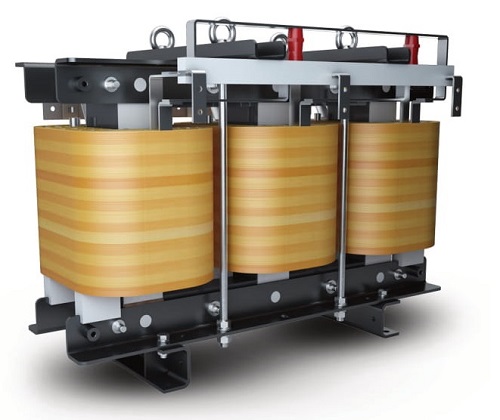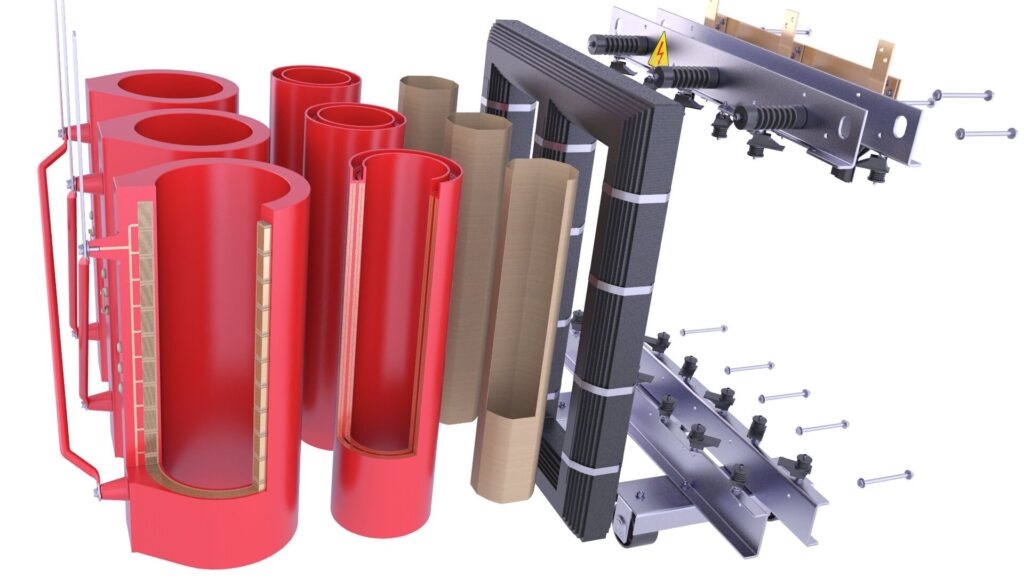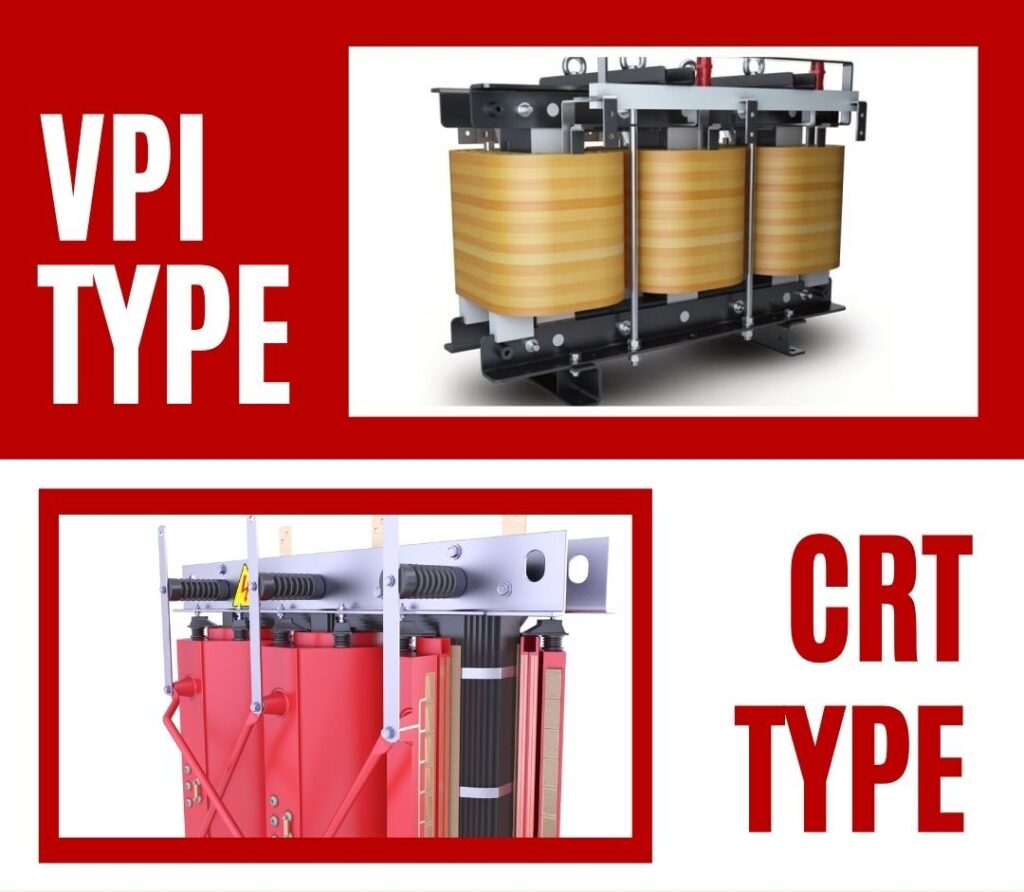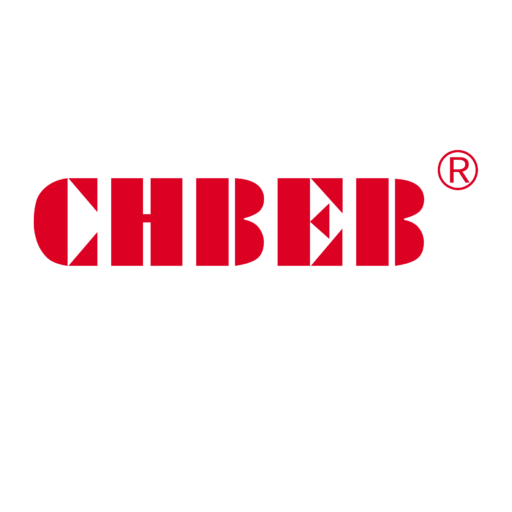Which Dry Transformer Is Best for Your Project? A Complete Comparison Guide to VPI, Cast Resin, and SCB Series
Are you having trouble deciding which dry-type transformer is best for your power distribution requirements? The abundance of choices can be daunting and may result in expensive errors. By demystifying VPI, Cast Resin, and SCB transformers, this thorough guide will enable you to choose the best option for your project.
Core Comparison: VPI vs. Cast Resin Dry-Type Transformers
Are you perplexed by the distinctions between cast resin and VPI transformers? You’re not by yourself. Many experts fail to notice important subtleties that have a big influence on project results. To help you understand your alternatives, let’s examine each type’s essential traits.
What is a VPI Transformer1?

Insulating resin is applied to the windings of VPI (Vacuum Pressure Impregnation) transformers using a unique procedure. What you should know is as follows:
- Production Method:
- Insulating material is woven around the windings.
- A vacuum chamber is used to hold the assembly.
- Under pressure, epoxy resin is added and enters the windings.
- After the resin cures, a solid, void-free insulation is produced.
- Principal Benefits:
- Outstanding resistance to moisture
- High heat conductivity
- Ideal for outdoor projects that have the appropriate enclosures
- In general, less expensive than cast resin
- Restrictions:
- somewhat less fire resistant than cast resin
- After the resin cures, a solid, void-free insulation is produced.
What is a Cast Resin Transformer2?

The windings of cast resin transformers, sometimes referred to as epoxy resin transformers, are covered in solid epoxy resin. What distinguishes them is this:
- Production Method:
- Molds are used to hold windings.
- Under vacuum, epoxy resin is poured into the molds.
- After curing, the resin solidifies into a block surrounding the windings.
- Principal Benefits:
- Outstanding resistance to flames
- Better defense against hostile conditions
- Low maintenance needs
- Perfect for installations indoors in congested regions
- Restrictions:
- More costly than VPI transformers in general
- heavier than their VPI equivalents
- may be limited in situations with extremely high humidity levels.
VPI vs. Cast Resin: Key Features at a Glance

Here is a comparative table of important features to assist you in making an informed choice:
| Feature | VPI Transformer | Cast Resin Transformer |
|---|---|---|
| Insulation Method | Vacuum Pressure Impregnation | Epoxy Encapsulation |
| Fire Resistance | Good | Excellent |
| Moisture Resistance | Excellent | Very Good |
| Initial Cost | Lower | Higher |
| Maintenance | Moderate | Low |
| Weight | Lighter | Heavier |
| Outdoor Suitability | Good (with enclosure) | Excellent |
| Noise Level | Lower | Slightly Higher |
| Overload Capacity | Higher | Lower |
Clarifying the Concept and Standards for SCB Series Transformers

A particular kind of dry-type transformer that combines elements of both VPI and Cast Resin technologies is called a SCB (Shielded Cast-Resin Bushing) transformer. Important things to comprehend:
- Design:
- improves insulation by using cast resin bushings.
- VPI or Cast Resin winding technology may be used.
- Criteria:
- conforms to IEC 60076-113 for transformers of the dry type.
- fulfills particular specifications for bushing performance and design.
- Uses:
- frequently employed in commercial and industrial contexts
- It can be installed both indoors and outdoors (with the right enclosures).
- Benefits:
- Increased security as a result of protected bushings
- Enhanced dependability in demanding settings
- Adaptable design to satisfy certain project needs
How to Make the Best Choice for Your Project? A Decision Guide

Are you having trouble deciding which kind of transformer is best for your particular requirements? You’re not by yourself. Many project managers fail to consider important aspects that could result in less than ideal performance or needless expenses. To help you make the best choices, let’s dissect the main deciding elements.
First and foremost, the project environment and safety requirements
When selecting the appropriate transformer, safety and the installation environment are crucial factors. Think about these factors:
- Comparing Outdoor and Indoor Installation
- VPI: Suitable for both, but for outside use, a suitable enclosure is needed.
- Cast resin is great indoors, particularly in crowded places, but it may also be utilized outside with the right protection.
- SCB: Adaptable to both outdoor and indoor settings
- Safety against fire4:
- VPI: Good fire resistance; extra fire safety precautions could be needed.
- Excellent fire resistance makes cast resin perfect for high-risk locations.
- SCB: Shielded bushings increase fire safety
- Conditions of the Environment:
- Humidity: High humidity improves VPI performance.
- Cast Resin and SCB provide superior protection against salt and chemical exposure.
- Temperature Extremes: Take into account each type’s unique ratings
- Rules Regarding Noise:
- In general, VPI generates less noise.
- In delicate locations, cast resin can need extra noise reduction.
Key Decision Factor 2: Budget & Total Cost of Ownership
Although the initial cost is significant, it is imperative to take into account the transformer’s total cost of ownership (TCO)5 over its lifetime:
- First Investment:
- VPI: Usually less expensive up front
- Cast Resin: More money up front
- SCB: varies, but frequently falls between Cast Resin and VPI.
- Costs of Installation:
- Take into account variations in weight (Cast Resin is heavier).
- Take into account any unique handling or housing needs.
- Upkeep Costs:
- VPI: Moderate upkeep requirements
- Cast resin requires little upkeep.
- SCB: Vary, but frequently less than conventional designs
- Efficiency of Energy:
- Compare the choices’ losses (including load and no-load losses).
- Over time, greater efficiency might balance out higher early expenses.
- Anticipated Lifespan:
- With the right care, all varieties can endure for 20 to 30 years.
- Examine each manufacturer’s history of dependability.
Key Decision Factor 3: Performance & Technical Specifications
It’s crucial to match the transformer’s performance to the particular needs of your project:
- Rating of Power:
- Make sure the type you’ve selected is available within the kVA range you need.
- Think about the requirement for future expansion.
- Class of Voltage:
- VPI: usually as high as 35kV
- Cast Resin: Suitable for applications requiring higher voltages (up to 36kV or more)
- SCB: varies; refer to the manufacturer’s details.
- Capacity to Overload:
- In general, VPI provides superior overload capacity.
- Think about your load profile and requirements for peak demand.
- Efficiency Criteria:
- Verify that local energy efficiency laws are being followed.
- Examine losses under various load levels.
- Particular Needs:
- Seismic ratings for regions vulnerable to earthquakes
- Taking altitude into account for installations at high elevations
- particular industry norms (marine applications, for example)
Conclusion
When deciding between VPI, Cast Resin, and SCB transformers, you must carefully evaluate the technical requirements, budget, and environment of your project. You may choose the best dry-type transformer for your particular application by weighing these important considerations, which will guarantee dependability, security, and affordability.
Explore our full range of Dry Type Transformers to match your project requirements, or download our Product Catalog for detailed specifications and technical data.
Free CHBEB Transformer Catalog Download
Get the full range of CHBEB transformers in one catalog.
Includes oil-immersed, dry-type, pad-mounted, and custom solutions.
Quick Message
Request A free quote
We'd like to work with you
- +86 15558785111
- [email protected]
- +86 15558785111
What We Do
CHINA BEI ER BIAN (CHBEB) GROUP, with 218 million in registered capital, originated from Beijing Beierbian Transformer Group. Headquartered in Beijing for R&D, it operates major production bases in Nanjing and Yueqing, producing high-quality products.
Latest Product
address
BeiJing
No 3,RongJing East Road,BeiJing Economic Technological Development Area,BeiJing,China
JiangSu
No 7️Xiangfeng Road,Jiangning,NanJing,JiangSu,China
WenZhou
No.211, Wei 16 Road, Industrial Zone, Yueqing, Wenzhou, Zhejiang, China.
XiangYang Industrial Zone ,YueQing,WenZhou,ZheJiang,China
contact us
- [email protected]
- +86 13057780111
- +86 13057780111
- +86 15558785111
Copyright © Bei Er Bian Group


